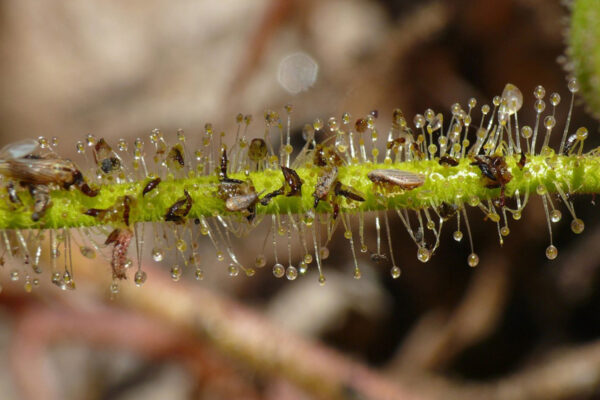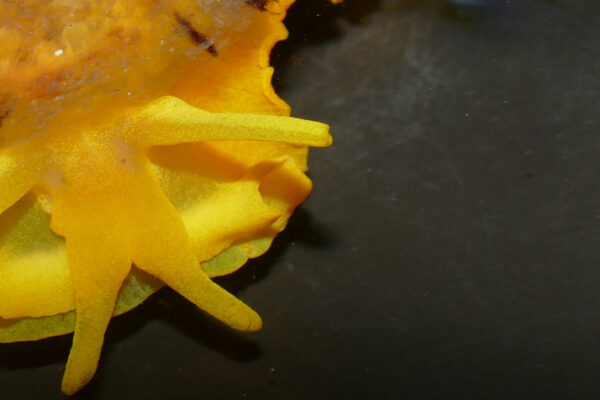Welche Sammlungen gibt es bei den Staatlichen Naturwissenschaftlichen Sammlungen Bayerns?
Das kurze Wort für Staatliche Naturwissenschaftliche Sammlungen Bayerns ist: SNSB.
Jede Sammlung der SNSB heißt: Staats-Sammlung.
Das bedeutet: Die Sammlungen gehören dem Bundes-Land Bayern
Ihr Zweck ist es, Natur-Objekte für das bayerische Volk zu bewahren, zu pflegen und durch neue Natur-Objekte zu ergänzen.
Bei den SNSB gibt es 6 verschiedene Staats-Sammlungen.
Aus unterschiedlichen Fach-Bereichen.
Die Fach-Bereiche haben schwierige Namen.
Zum Beispiel:
Zoologische Staats-Sammlung München
Das kurze Wort für Zoologische Staatssammlung Bayern ist: ZSM.
Die Zoologie ist die Lehre von den Tieren.
Die Forscher von der Zoologischen Staats-Sammlung München entdecken und erforschen Tiere.
Sie beobachten auch, dass Tiere aussterben.
Zum Beispiel wegen dem Klima-Wandel.
Die Zoologische Staats-Sammlung in München ist eine der Größten in Deutschland.
Die Tiere in der Sammlung sind schon tot.
Manche Tiere sehen aber ganz lebendig aus.
Von manchen Tieren kann man nur die Knochen oder die Schale sehen.
Forscher von der ZSM wollen viele Dinge wissen.
Zum Beispiel:
Welche Tiere leben in Bayern?
Wie erkennt man ein Tier?
Warum sterben Tiere aus?
Wie kann man Tiere schützen?
Die Forscher von der ZSM arbeiten auch oft in anderen Ländern.
Sie wollen wissen:
Welche Tiere gibt es dort?
Die Forscher treffen auch oft andere Forscher.
Auch Forscher aus anderen Städten oder Ländern.
Sie arbeiten oft zusammen mit den anderen Forschern.




